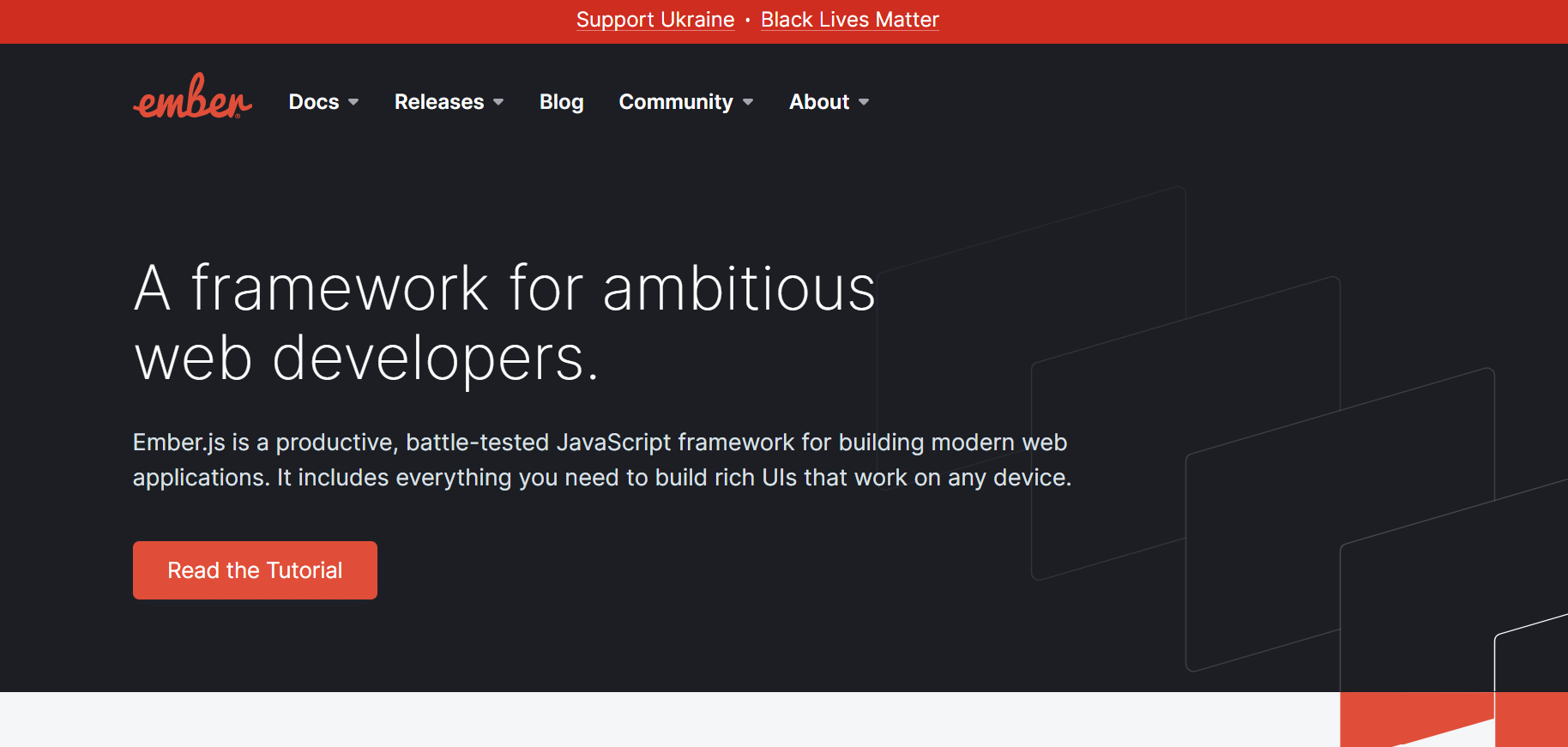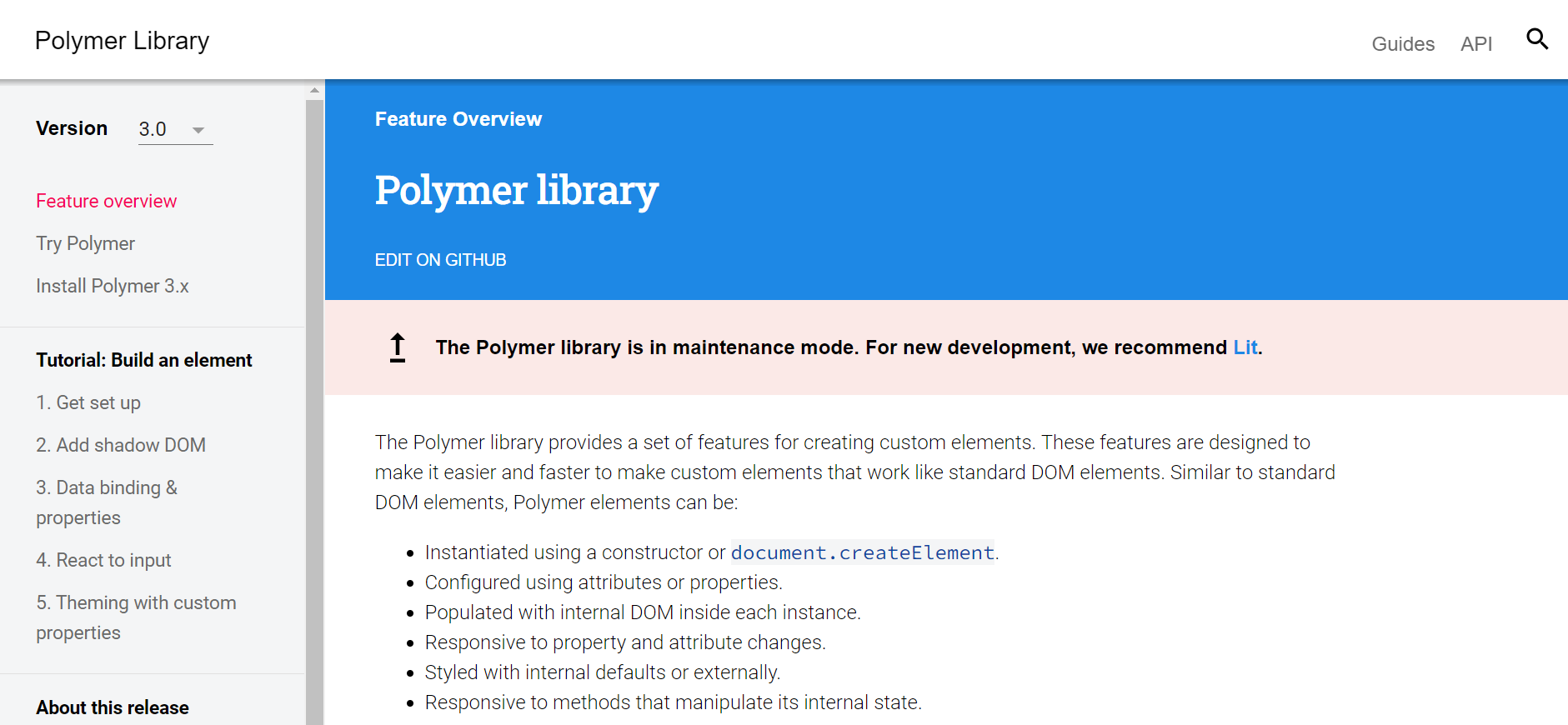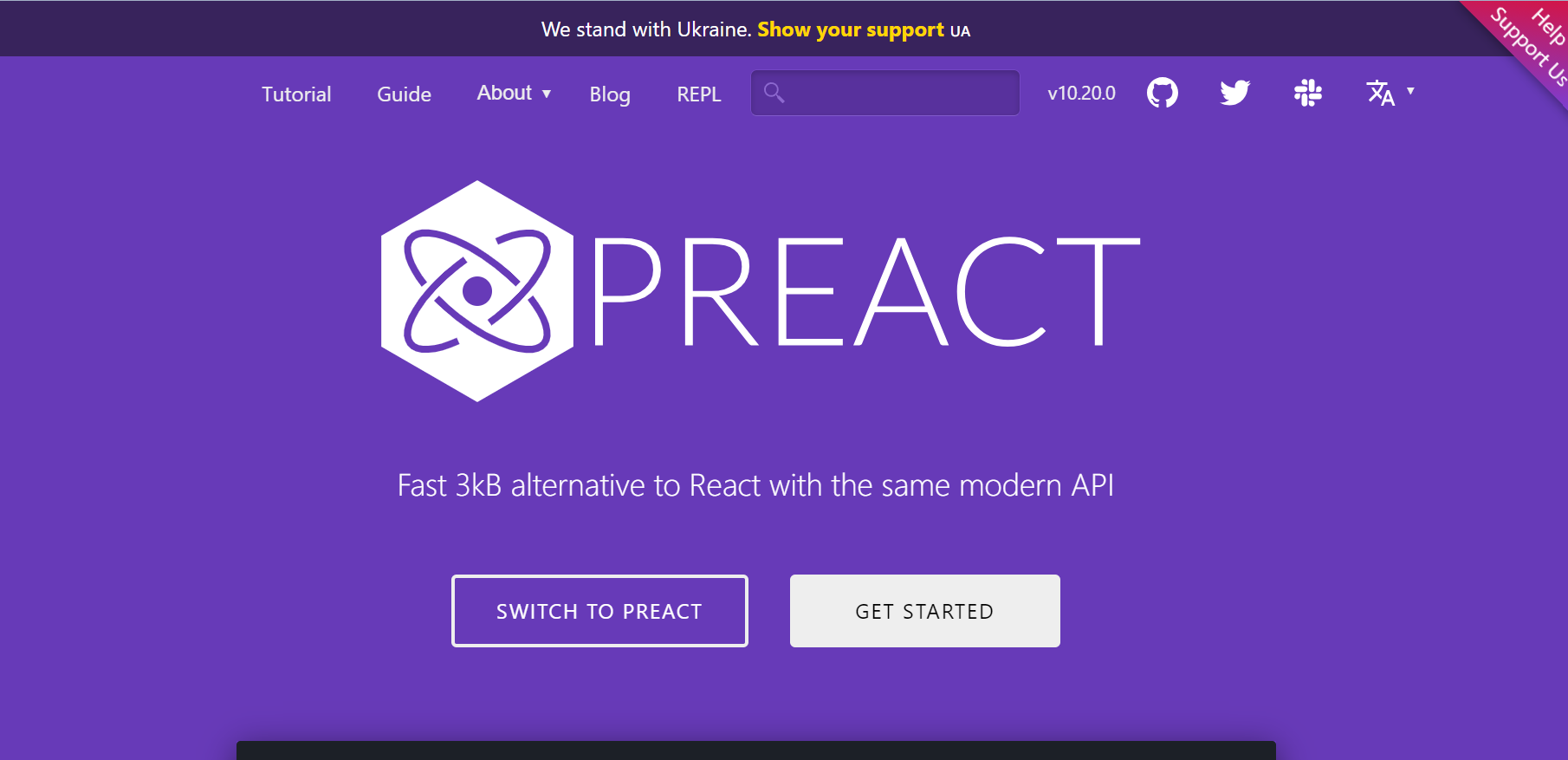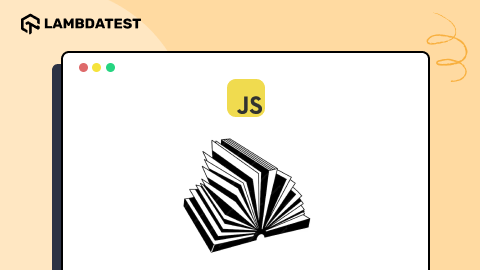Choosing The Right JavaScript Frameworks In 2025
Robin Jangu
Posted On: February 28, 2025
![]() 202535 Views
202535 Views
![]() 11 Min Read
11 Min Read
The emergence of unique frameworks with each of them having distinct characteristic advantages has caused a rift in our wonderful JavaScript community. Developers advocating for their favorites as the golden era of technological wonder has started, the sun has set for the outdated libraries.
Amidst all this chaos comes a very irritating question as to which framework is the best, to which the answer is all of them. While there are countless alternatives to the libraries, the important thing is to understand your requirements and then consider choosing. In this blog, we will cover various frameworks and libraries for JavaScript and guide you in choosing the right JavaScript frameworks for your automation testing journey.
Before diving into the world of JavaScript frameworks, it’s essential to understand why some may not fully meet your testing needs. Watch the video below for detailed insights!
Framework or Libraries
Both these terms are synonymous and often times are interchangeable. In layman terms both Framework and library are codes of JavaScript, the difference lies in their functionality. While frameworks are codes by using which a developer can customize everything within the software/app/website by modifying the codes in accordance with the framework rules, libraries, on the other hand, provide you with the functionality that can be directly used by you while scripting.
Isomorphic
Often termed as a universal framework, they have changed the way everything is done. The main motivation behind the framework was to optimize the website loading time and streamline JS bundles. This was also the main reason behind its popularity.
A Few years ago the client-side and server-side frameworks used to be different. JavaScript was opted more for client-side, because it ignores a few errors providing the user with a seamless experience. Python and PHP were mostly used on the server-side.
When the concept of isomorphic library came into existence, developers started using these libraries. The Isomorphic framework breaks the barrier between server and client-side. It allows developers to use components of the framework on both ends. Because of this the JS bundle also gets a little sleeker as instead of having two frameworks, the solution now share one.
REACT

The reason behind the rising popularity of React JS is because of the unparalleled support and love showed by the community of JavaScript developers. It also helps that Facebook and Instagram back this wonderful library.
React has made quite an impact on both designers and developers, and the feature-rich library has made complex integrations a bit easier. It enables the developers to make encapsulated components that manage their own state and then these components are composed to make complex UI.
Features like lazy loading have been successfully implemented on a large scale because of it. Using React Boilerplate and React Starter-kit you can easily make interactive interfaces. The concept of reacting is to put HTML in JS rather than vice versa because JavaScript is more powerful than HTML.
They provide you with a predefined environment and let you code. The declarative view makes the coding predictable hence the code becomes easy to debug. Using React will push you to make your own framework. Pairing it with Next.js will smoothen things on the server side and all the heavy lifting will be done on the back-end.
React stack usually includes Redux, React.route, React.saga and Node.js.
Myntra to exploits react although they only use parts of it because such a website has minimal interaction between sibling components. React has a high rendering performance when there is a complicated component change with frequent UI changes.
They prefer preact because it’s smaller and provides them greater speed. eBay on the other hand spice things up by adding Angular and Ember along with the preact library. That seems to be the trend in modern e-commerce websites.
Npm is a trustworthy package manager. Earlier npm had too many issues as the packages were scattered, Yarn was introduced as directory for npm. It is a godsend for developers, npm has vast community support and npm too has become faster and almost equal to yarn in terms of package management. React and Redux come handy while handling the packages. Start up with your free practical React Redux testing.
React applications can be more complex compared to testing other libraries or frameworks, but it is certainly achievable. Learn how to perform React testing and enhance your web and native application.
Run tests using various JavaScript frameworks over 3000+ browsers and OS combination and enhance your testing efficiency Try LambdaTest Now!
Ember.js

Ember.js stands out as an open-source JavaScript framework tailored for constructing scalable single-page web applications, particularly suited for business needs. Unlike other frameworks, Ember.js is built on the Model-View-ViewModel (MVVM) architecture, which forms its core foundation.
Originally known as SproutCore 2.0, Ember.js was renamed by its creator Yehuda Katz, a prominent developer renowned for his contributions to jQuery. One of Ember’s standout features is its Ember Command-line Interface (CLI) tool, revered for its productivity-enhancing capabilities, which greatly contributes to its status as one of the premier JavaScript frameworks.
Despite being one of the older front-end JavaScript frameworks, Ember.js remains robust and maintains a substantial user base, counting major companies like Microsoft, LinkedIn, Netflix, and Twitch among its enthusiasts.
Vue.js

Vue is simply the best of both worlds, meaning it lies somewhere between the dictatorship of Angular and democratic chaos of React. This young JS framework has gained some serious popularity without having been associated or backed by any giant. The framework is used by Alibaba, Nintendo and Gitlab. A team of 16 people made Vue into a very simple yet efficient JS framework.
Too many cooks spoil the broth, working on the similar motto ex google employee Evans set out to achieve benchmarks in the JavaScript. Vue uses JS ES5 or ES6 depending upon how the user wishes and also supports TypeScript.
The only problem with Vue is that it is comparatively young and doesn’t yet have a lot of libraries and support packages but the npm stats make it clear that it is gaining popularity and its community is growing at a rapid pace. It is a perfect blend of flexibility and coding discipline, it provides just enough framework that you don’t feel bound.
Just like React has Redux, Vue has Vuex but if you are familiar you can use Redux with Vue too. Memory allocation and performance with Vue is great and size too is smallest than its competition Frameworks and libraries i.e. 23 k gzipped.
Vue makes use of the latest tech trends and inculcates within it without complicating the whole project. Combining Vue 2.0 with server side rendering (SSR), Vuex and a GraphQL client like Apollo that you end up with super light, fast and robust application while providing a great user and developer experience too.
Polymer

Google introduced polymer to empower the developers to fully take advantage of the latest web technologies. Youtube has renovated it gaming stream using Polymer, it is indeed very fast. The most notable feature in Polymer is the ability to reuse custom elements to interoperate with a browser’s built-in elements. Polymer.dom was released with an intent to enable the developers of the DOM manipulation which paved the way for new libraries and frameworks to be used with it.
Version 3 of Polymer also include data system improvements resulting in easier debugging and making it easier for the data flow between elements. If you deal with array handling a lot then polymer is quite a magician. Polymer version 3 soon to be out has left bower and moved to npm for version management.
Polymer App toolbox helps you build and deliver cutting-edge progressive web apps with minimal overhead and payload, by leveraging powerful web platform features like Web Components, Service Worker and HTTP/2.
The toolbox provides a component-based architecture, responsive layouts, a modular router, localization support, turnkey support for local storage and offline caching, and efficient delivery of unbundled app resources. Adopt these features individually, or use them together to build a full-featured progressive web app.
Preact

Most of the people are afraid of using React mainly because of its size and performance. Preact was introduced mainly due to the following reasons, and it is amazing how easily you can swap your react with the preact counterparts.
It is known to have quite a reputation in enhancing the performance of mobile web applications. Changing React & React DOM with Preact-compat paired with Webpack and boom all your worries go out of the window.
Using preact will reduce your main app bundle by at least one third (may vary depending on app), the only catch being that testing gets complicated. The alternative to this maybe using react for development and preact for production. Enzyme which is used in react is preact-compat integrable. Lyft and Uber used preact and it improved the performance because it is simply faster and smaller. Like react it also has virtual DOM that acts as a reagent enhancing its speed.
Storybook

Storybook is a free, open-source JavaScript framework renowned for its ability to create and test separate UI elements. Trusted by thousands of teams for UI development, testing, and documentation, Storybook simplifies issue detection and resolution by allowing developers to construct a catalog of components and interact with them in a live environment.
Read the comprehensive guide on Storybook testing to get started with testing Storybook applications.
To learn more about other JavaScript frameworks that can help you perform automation testing with ease follow this blog on other best JavaScript frameworks and choose the right JavaScript frameworks based on your project needs.
Regardless of the JavaScript framework you select, it’s advisable to test your applications in real-world environments. This is where cloud-based testing platforms like LambdaTest come into the scenario.
LambdaTest is an AI-native test orchestration and execution platform that enables JavaScript application testing and automation across a browser farm with over 3000+ browser and OS combinations. This platfrom supports various JavaScript testing frameworks like Selenium, Cypress, Playwright, Mocha, and TestCafe, facilitating automated testing at scale.
Conclusion
Maturity in JS is accepting the fact that there is no ‘best’ overall framework or library. In the end it boils down to what your project requires, and it is always advisable to use more than one library. For instance React components can be used to limit along with Vue quite a lot of times.
If you have a big team then Angular provides an extra edge because of its fixed procedures and syntax. Both Angular and Vue are great if you love using templates. If server-side rendering is the objective then both React and Vue have potential to solve your problems, same will be the case if you are using it for startups.
Personally, though I favor Vue out of all three. With Vue you have functioning frameworks enough for you to start scripting, no additional libraries need to be connected. Most companies are switching from Angular to Vue just to bridge the gap between senior and junior developers because it is easy to learn.
The only problem with Vue is that its very young and community needs to adopt it in order for us to realize its full potential. The polymer is futuristic, for now not a lot of developers are using it. After some time time, it will be mainstream and its support and community will flourish.
JavaScript world is a lot bigger than you might think, expand your horizons and learn more and more about different frameworks and libraries. Tell us about your experiences in the comment section.
Happy Scripting!
Got Questions? Drop them on LambdaTest Community. Visit now














